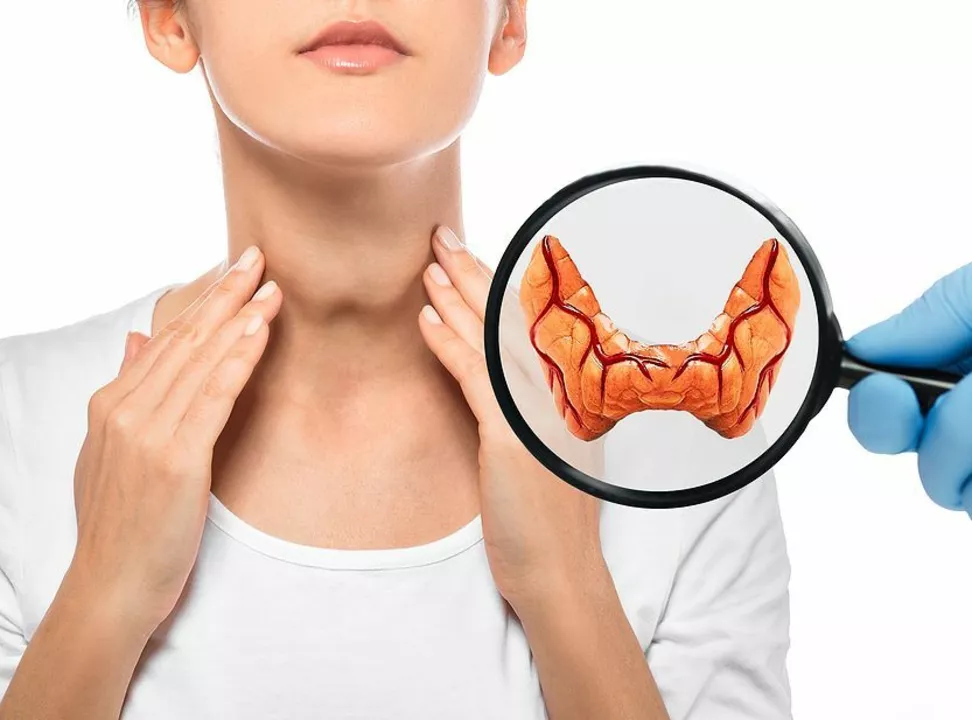Causes: How to Spot What’s Behind Symptoms, Side Effects and Skin Changes
Worried about sudden swelling, strange skin patches, or a medicine that feels 'off'? This tag collects clear, practical posts that explain the likely causes behind common health problems—so you can act fast and smart.
Instead of guessing, use the info here to narrow down what’s actually happening. You'll find straightforward guides on medication triggers (like which drugs can spark angioedema), explanations for skin discoloration, and articles that break down why infections, pain, or side effects happen. Each piece focuses on real-world signs and what to do next.
How to spot a likely cause
Start with timing. Did the symptom begin after a new drug, supplement, or a recent illness? Note whether it’s immediate (within minutes to hours) or delayed (days to weeks). Immediate reactions often point to allergies or acute drug reactions. Slower changes can come from chronic conditions, long-term medications, or lifestyle shifts.
Look for pattern and location. Is the swelling one area or all over? Is skin discoloration patchy, mottled, or spreading? For example, sudden facial or throat swelling suggests a serious allergic reaction. Mottled skin that comes and goes might link to circulation or temperature changes. Patterns help narrow a long list of causes down to a few likely ones.
Practical steps to find and manage triggers
1) Keep a simple log. Record medicines, supplements, foods, new exposures, and when symptoms start or get worse. A two-week timeline often reveals the culprit.
2) Don’t stop prescription drugs on your own. If you suspect a prescription is the problem, call your prescriber or pharmacist. They can advise whether to pause, switch, or test for a reaction safely.
3) Check common medicine culprits. Certain drug classes—like ACE inhibitors—are well-known for causing angioedema in some people. Other drugs carry skin or GI side effects. Use the specific articles in this tag to learn which meds are often involved.
4) Use simple home checks. For skin issues, note if heat, sun, pressure, or soaps change the look. For infections, watch for fever, worsening pain, or spreading redness—signs that you may need antibiotics or urgent care.
5) Ask for targeted tests. Blood work, allergy testing, or imaging can confirm many causes. If a cause remains unclear, a focused test is often faster and cheaper than broad panels.
When to get help: seek emergency care for breathing trouble, sudden swelling of face or throat, high fever, or severe pain. For non-urgent but worrying changes, book a clinic visit and bring your log. The posts under this tag can help you prepare questions and understand likely outcomes before you go.
Use this tag as a practical starting point—read the specific posts on angioedema, mottled skin, UTI causes, and medication side effects to get quick, usable help for real problems.

